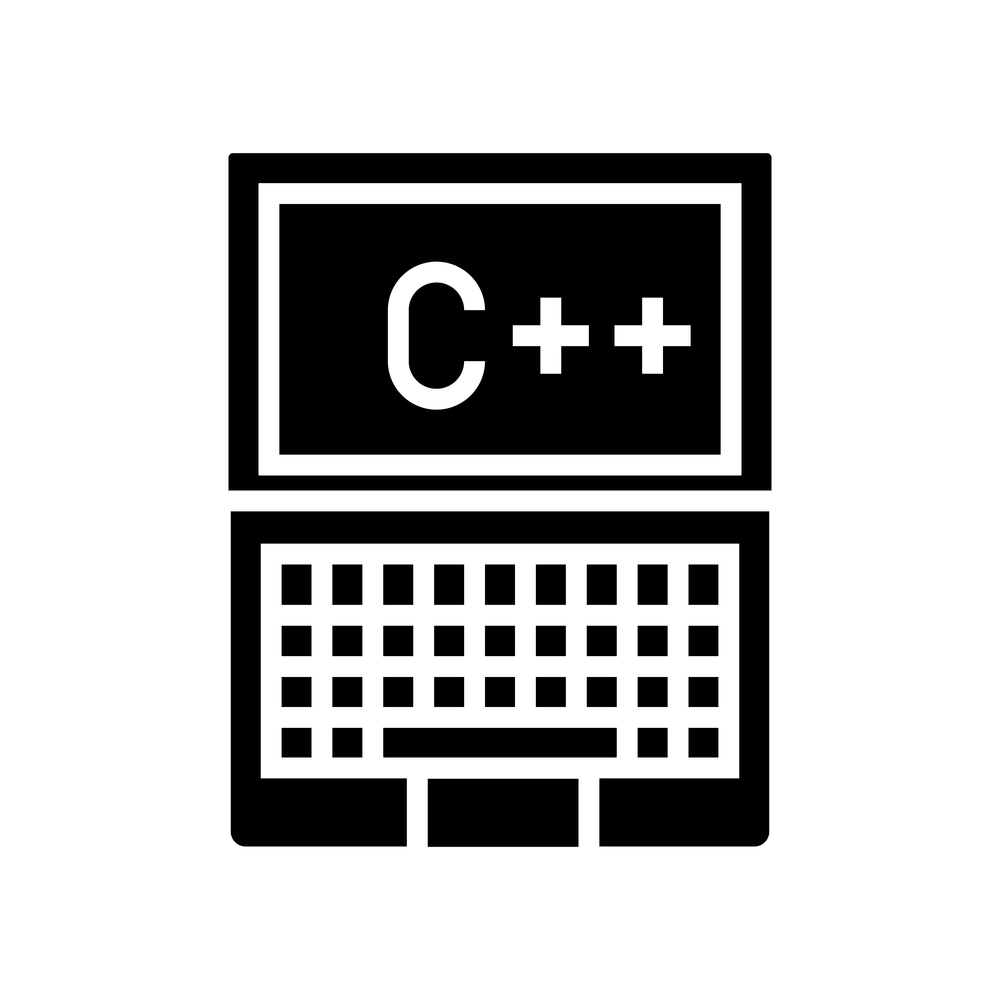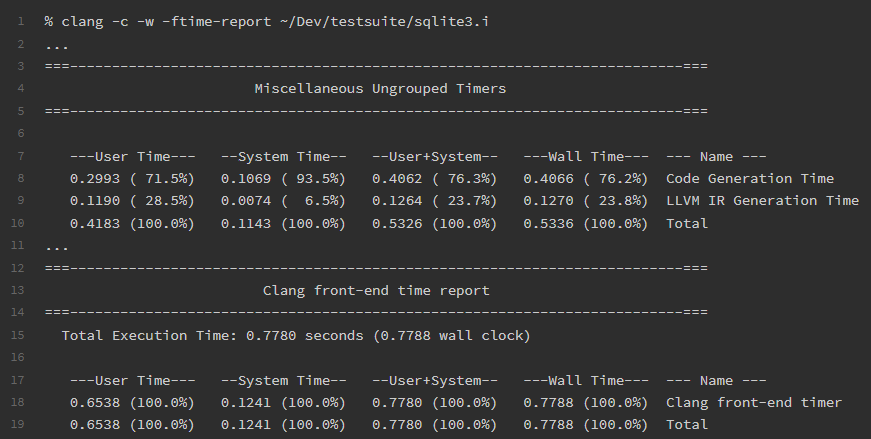21st Century C++ -- Bjarne Stroustrup
It is now 45+ years since C++ was first conceived. As planned, it evolved to meet challenges, but many developers use C++ as if it was still the previous millennium. This is suboptimal from the perspective of ease of expressing ideas, performance, reliability, and maintainability.
21st Century C++
by Bjarne Stroustrup
About the article:
Here, I present the key concepts on which performant, type safe, and flexible C++ software can be built: resource management, life-time management, error-handling, modularity, and generic programming. At the end, I present ways to ensure that code is contemporary, rather than relying on outdated, unsafe, and hard-to-maintain techniques: guidelines and profiles.

 The C++20 standard introduced a specialization of
The C++20 standard introduced a specialization of  Let’s start
Let’s start  The C++ proposal for
The C++ proposal for 